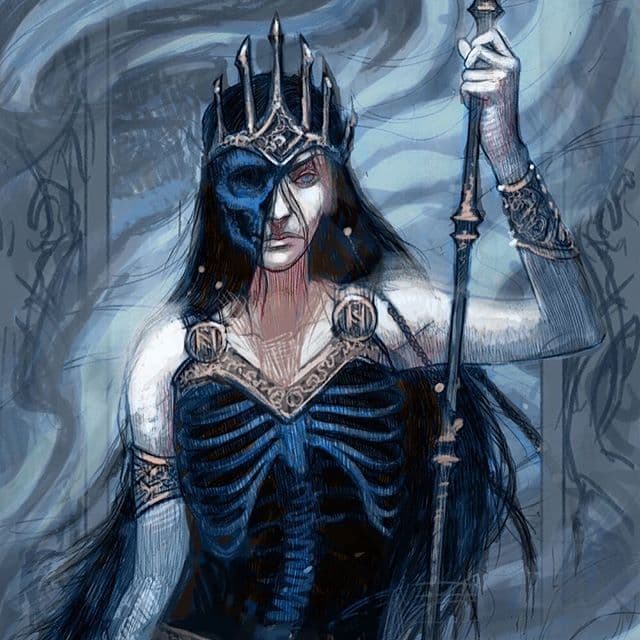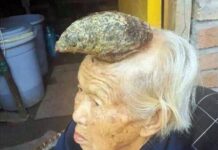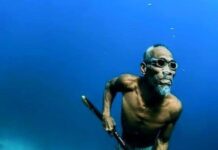Norse gods and goddesses are not so common as Egyptian or Greek gods and goddesses. This is why we are going to talk about some of the most powerful gods and goddesses that Vikings believed in. You probably have a few names in mind when it comes to Norse gods and goddesses. However, there are a few basic things that you might want to know first about Norse mythology.
Before the gods, there was the first living being known as Ymir who was a hermaphroditic giant. Ymir was created by the ice of Niflheim combined with the heat of Muspelheim. He was the ancestor of giants, and he was responsible for birthing male, female, and other mythical beings. That was when other Norse gods and goddesses began their presence. So let’s take a look at the list below and see how many of them you know.
1Odin
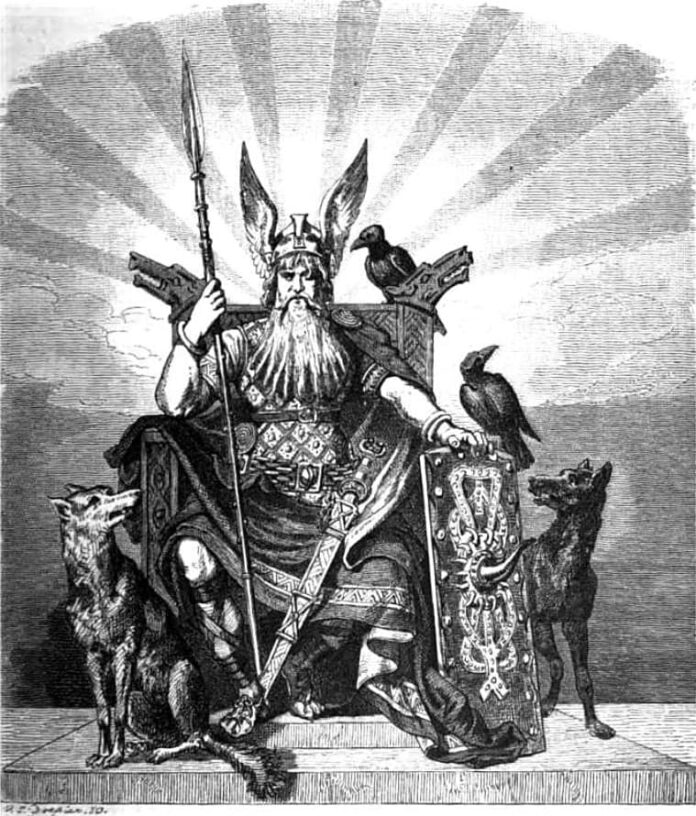
Title: The King Of The Aesir Gods
Odin was believed to be the allfather of the Aesir and the god of war, poetry, and magic. He took all warriors who died from battle into Valhalla, the hall that honors the strong warriors. Odin was famous for his eye sacrifice in order to be able to see the cosmos more clearly. After that, he hung himself in Yggdrasil, the tree of life, for 9 days and 9 nights to gain knowledge of other worlds. During his sacrificial actions, he saw visions and received secret wisdom as well as magical knowledge.
More than that, Odin was also a shapeshifter through all the worlds and to far-off places. The allfather had 2 pet ravens called Memory (Munin) and Thought (Hugin) that flew around the world and reported what they saw. Also, Odin rode a magical horse, Sleipnir, who had eight legs that could gallop through the air and over the sea. His pictures depict him wearing a cloak, an eyepatch, a wide-brimmed hat, and carrying a spear.
2Frigg
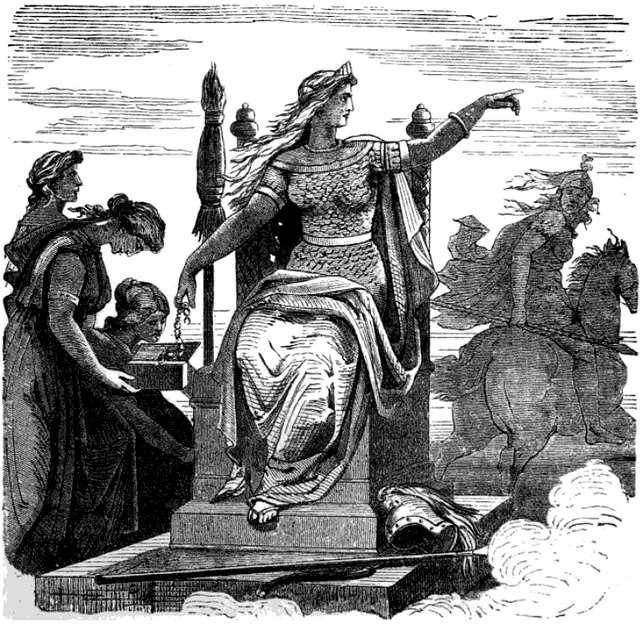
Title: The Queen Of The Aesir Gods
She was Odin’s wife, and she went by so many titles due to her power and wisdom. Frigg was the goddess of the sky and the paragon of beauty, fate, fertility, and love. She was a very loving and protective mother and the only goddess who was allowed to sit next to Odin. In fact, she was just like Odin’s personal adviser because Odin asked her for advice on many issues. Frigg was also the goddess of marriage, and her name also means “to love”. Another interesting thing is that Friday was named after her so Friday is considered to be the best day to get married on.
Frigg’s main symbols are the full moon, mistletoe, silver, the sky, the spindle, and the spinning wheel. Despite being the goddess of marriage, Frigg was actually unfaithful to Odin on several occasions, including his brothers. She was also briefly married to Odin’s brothers Vili and Ve because Odin was traveling away for a long time. He was believed to be dead but she dissolved the marriages and went back to Odin when he finally returned. Her pictures depict her with beautiful and soft backgrounds wearing a large blue cape that represents the sky she ruled.
3Balder
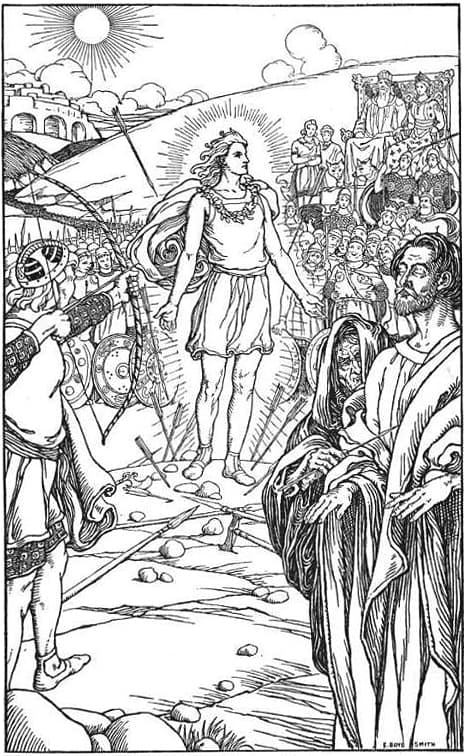
Title: The God Of Light & Purity
He was the son of Odin and Frigg, and he was loved by all beings due to his beauty, friendliness, and wisdom. Every story about Balder was all good for he was a divine, pure, and the most merciful god. Unfortunately, Balder was unintentionally killed by his own brother because of Loki’s prank and trick. Before his death, Balder has a dream that his life was in danger. Frigg, as a loving mother, demanded an oath from every creature and object in the world that they would not harm Balder. She missed out on mistletoe because she thought it was small and harmless, and Loki knew that.
According to the Icelandic stories, the gods amused themselves by throwing objects at him because he was immune from harm. Loki made an arrow (some said spear) from mistletoe and he tricked the blind god Hodor who was Balder’s brother to shoot him. Deceived by Loki, Hodor killed Balder by hurling a mistletoe arrow that pierced his heart and killed him. Balder’s brother Hermod took Odin’s horse and rode it through the darkness to the underworld which took him 9 days to arrive.
Upon his arrival, he saw his brother sitting in the seat of honor next to Hel, looking grim and pale. He asked and begged the goddess of the underworld Hel to return Balder to them as he was everyone’s favorite. She agreed on the condition that all the beings in nature wept for him to prove that he was universally loved. Everyone did, except the giantess Tokk who sat in her cave and refused to shed a tear. It was believed that the giantess was Loki in disguise, and Balder could not return because of that.
4Freya
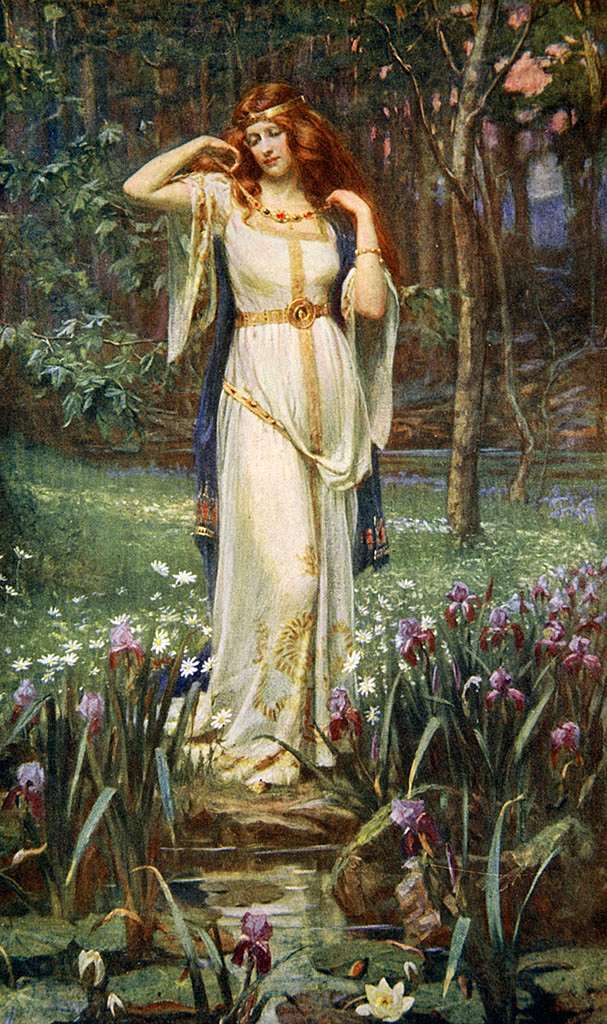
Title: The Goddess Of Fate & Destiny
Freya is famous for her fondness for beauty, fertility, fine material possessions, and love. She was one of the most powerful goddesses in Norse mythology due to her strength and wisdom. Freya was the one who taught magic to Odin and the rest of the Aesir. She also had the ability to alter and manipulate one’s desire and fortune, and she was also the ruler of the afterlife. Valhalla was not the only hall of death for the Viking soldiers.
Folkvang was the hall where Freya chose half of the warriors who were slain in battles. According to the myth, brave and handsome warriors would go to Freya’s hall. Freya went to places in a chariot pulled by two black or gray cats. She also had a magical cloak made from falcon feathers that allowed her to fly anonymously through the skies. Most pictures depict her as a very beautiful young woman riding her chariot or wearing her magical cloak.
5Hel
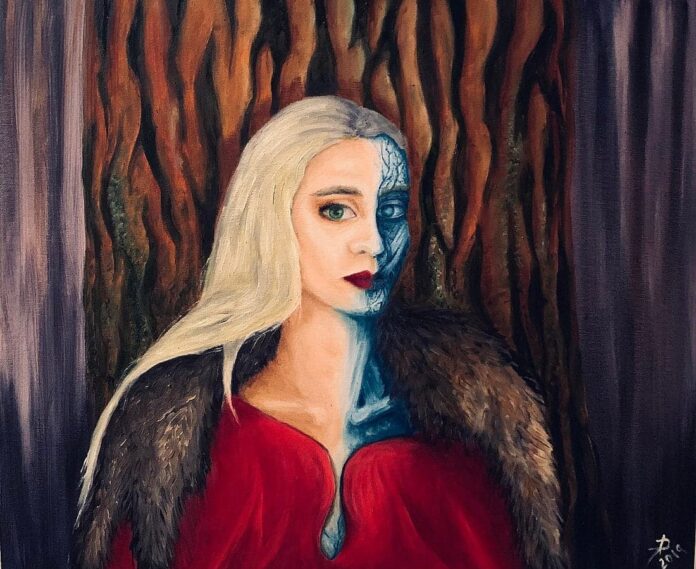
Title: The Ruler Of The Underworld
Hel was the goddess of the underworld, and she was the daughter of Loki and the giant Angrboda. Hel had two siblings including Jormungandr the world serpent and the Fenrir Wolf, and they roam in separate places in the world. She was not the goddess of death or the underworld although she ruled the realm of the dead. Hel ruled Helheim, the realm where those who died from age and illness went to. Those who didn’t die in battle or were considered dishonorable by the gods and goddesses also went to Helheim.
Odin threw Hel down from the sky into the depths of the underworld where she made into her own realm. She crowned herself Queen of Helheim, and she had no status among the gods at all. The gate to Helheim had a dog named Garmr that howled every time new people arrived. Whenever the dog howled, Nidhogg the dragon would come to suck the blood out of the dead people, making them completely pale. Pictures depict her as being half-flesh color and half-blue with cruel, harsh, and threatening expressions and personality traits.
6Loki
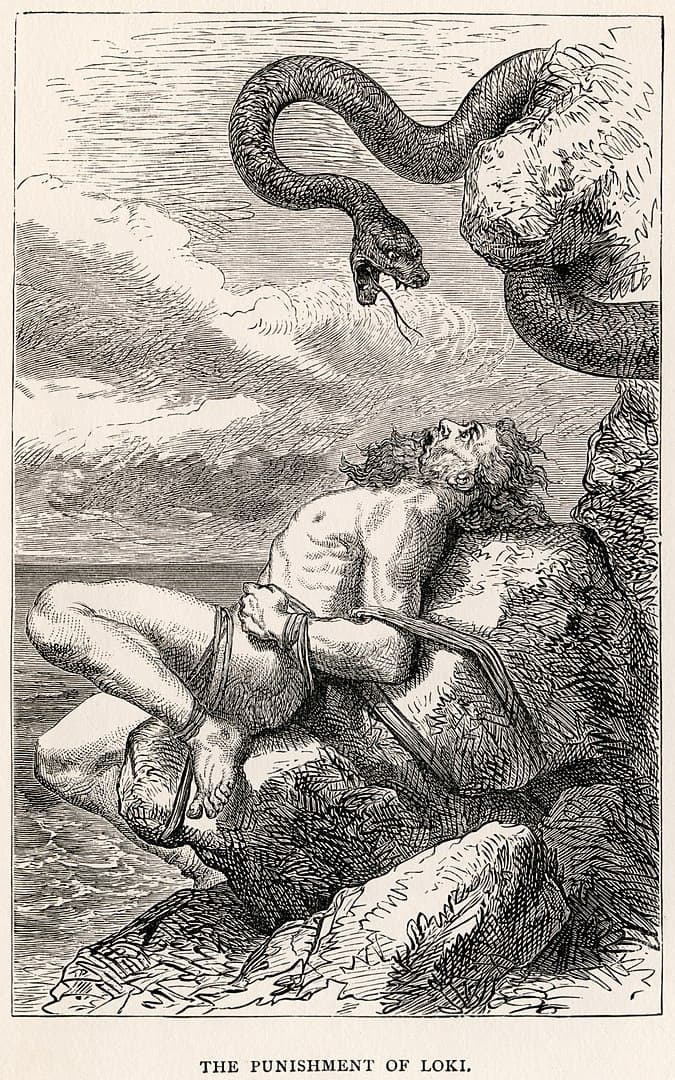
Title: The Trickster God
Loki was the son of giant Farbauti and giantess (goddess) Laufey, and he was a mischievous god who could shape shift. This cunning trickster was helpful to the gods when they were building Asgard. The gods ran out of funds to build the wall, and Loki suggested the giants should finish the job which both sides agreed. Another time was when Thor lost his hammer, and Loki helped him to get the hammer back.
However, he also hated the god because he was upset since he was not invited to a great feast in Asgard. During the feast, the gods were talking negative things about Loki when he burst in and asked for a seat. One thing led to another, Loki began insulting all the gods then they bind him until Ragnarok. Loki was neither evil nor good, and he was both destructive and unpredictable. Loki is associated with a helmet with two horns, mistletoe, and two intertwined snakes.
7Thor
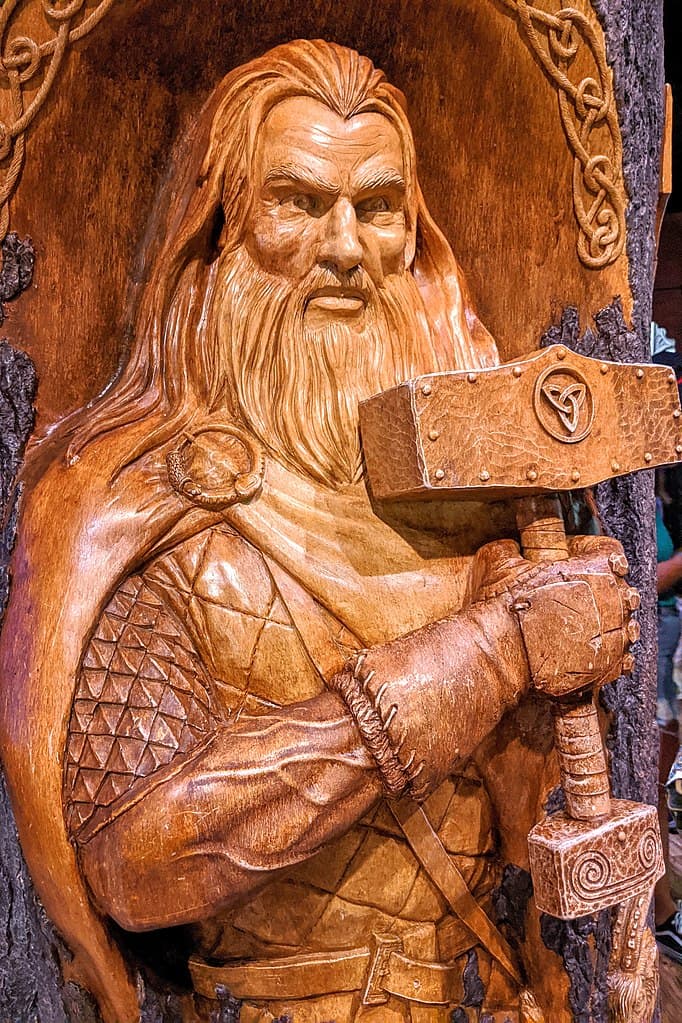
Title: The Thunder God / The Loyal Defender Of Asgard
Thor was the most well-known son of Odin and the earth goddess Jord, and among the most powerful Norse gods and goddesses. He was defensive, powerful, and protective, and he was known for his bravery, healing power, righteousness, and strength. Thor was also known as the god of agriculture, fertility, and hallowing due to his role as a sky god. He was responsible for the rain while his wife’s golden hair represent fields of grain. Together, they symbolized the fruitfulness and verdancy of the lands on Earth.
Thor had a hammer named Mjollnir, and his nemesis was the Midhard Serpent Jormungandr which he killed at Ragnarok. Most pictures depict him with a red beard and eyes, holding Mojollnir in his hand. The pictures also show him riding his chariot drawn by two giant goats Tanngniost (Tooth Gnasher) and Tanngrisnir (Snarl Tooth). People believed that the roar of thunder was the rumble of his chariot’s wheels across heaven and sky.
8Tyr
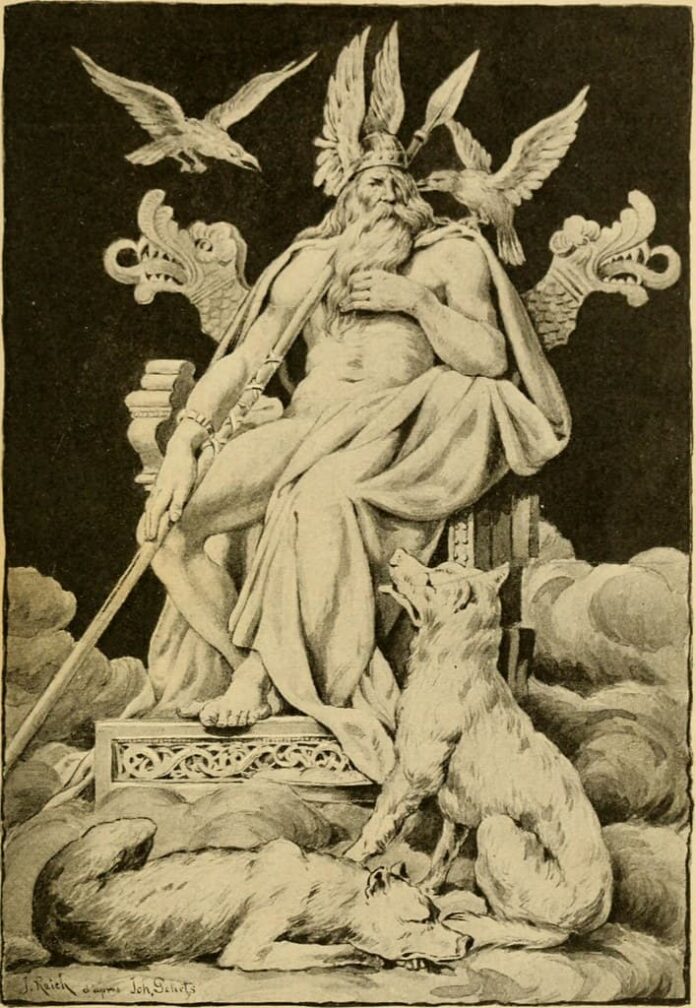
Title: The God Of War
He was the bravest Norse god of war and a warrior who championed justice and order. Tyr had the reputation of wrestling the monstrous hound Fenrir and the loss of his right hand in the process. Fenrir grew up in Asgard and lived among the gods, but Tyr was the only god who was brave enough to approach Fenrir. This one-hand god was also one of Odin’s sons, and the sacrifice of his hand helped so much in Ragnarok. Because of his physical combat and sacrifice, he became the god of justice. Alongside Odin and Thor, Tyr was also a god of war because of his traits as a brave warrior. Most pictures depict him holding his sword which is inscribed with the T-rune in his left hand.
9Vali
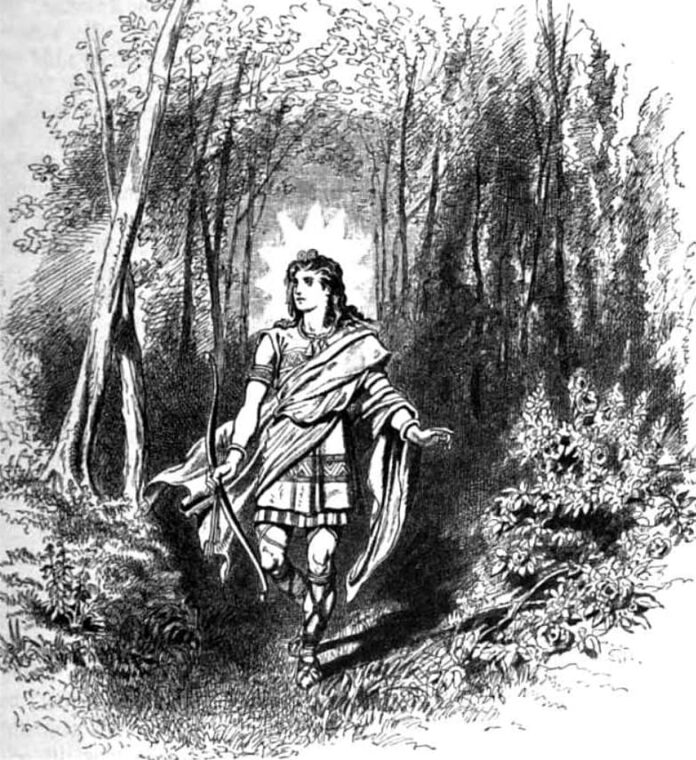
Title: The God Of Vengeance
He was the son of Odin and the giantess Rindr, and he was the one who avenged Balder’s death. The seer said that the giantess Rindr is fated to bear Odin a son who would be Balder’s avenger. Odin dressed as a woman and seduced the giantess with the purpose of spawning a son to avenge Balder’s pass. Then Vali was born to complete his father’s wish, and he killed Hodor who was his half-brother. This god of vengeance grew to full adulthood and was strong enough to kill within one day after he was born.
After that, Vali transformed into a wolf and tear Loki’s son Narfi into pieces, killing him. Then he turned Narfi’s entrails into iron and used it to bind Loki to 3 rocks in the cave. In a single day, Vali took vengeance on the two culprits who were responsible for his brother’s death. Hodor was sent to hell while Loki was bound and tortured until Ragnarok. He was also one of the gods who survived Ragnarok with his other brothers to rebuild and establish a new pantheon.
10Vidar
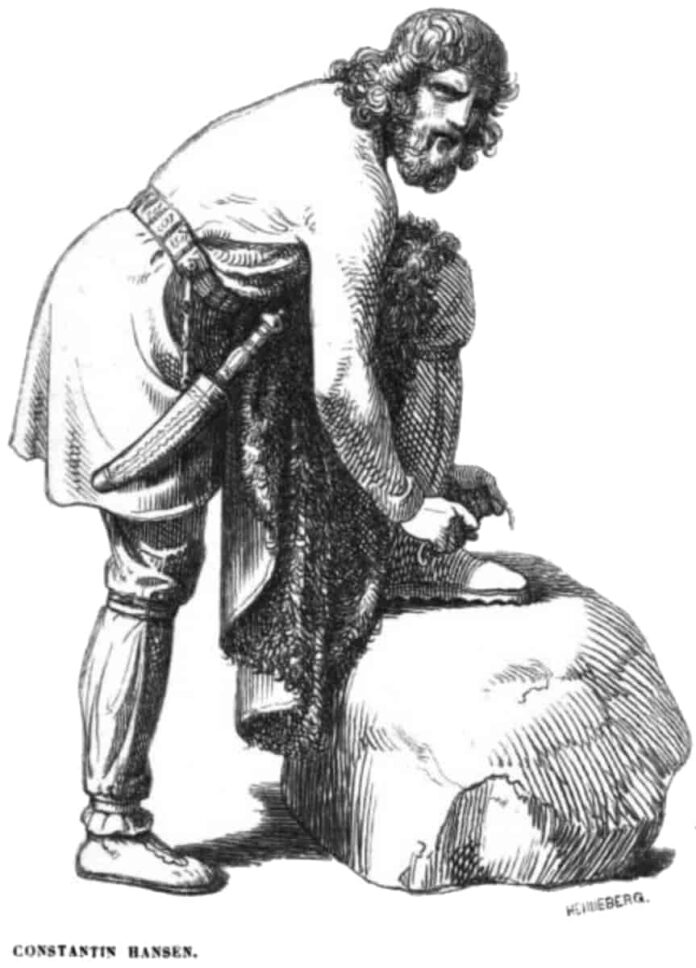
Title: The God Of Justice & Silent God Of Vengeance
Vidar was the son of Odin and giantess Grid, and one of the younger god generations who survived Ragnarok. He was known for many kennings such as the avenger, the enemy and slayer of Fenrir, and the possessor of the iron shoes. Mythology describes him as an excellent fighter and a warrior god, and only Thor had greater strength than him. The unique thing about Vidar is that he was a silent god connected to vengeance or revenge combat.
After the death of Odin in Ragnarok, Vidar was destined to avenge the death of his father. His thick iron shoes allowed him to stamp down on the lower jaw of Fenrir who killed Odin. As Fenrir’s mouth opened, he drove his sword down the wolf’s throat into his heart, killing him. Vikings also made offerings to Vidar by burying a weapon in cold ice or water which is associated with vengeance. That was also the idea of a cold form of violence before a duel or a fight.
Related Post: Egyptian Gods & Goddesses With Animal Heads

